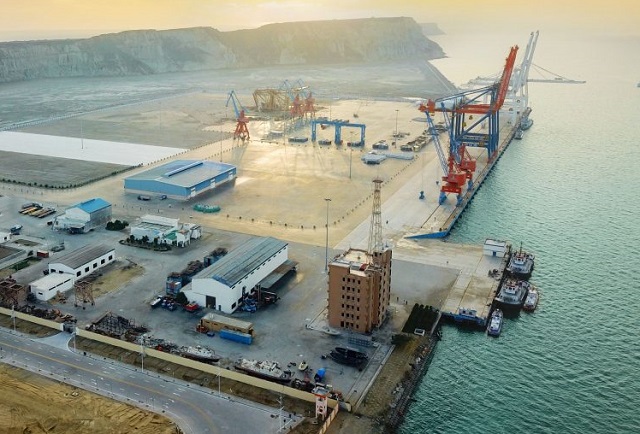When it comes to Balochistan, the biasness and ignorance of Pakistani writers and intellectuals are all too common. As a student from the University of Sargodha, Punjab, I recently attended a seminar on CPEC organized by the Institute of Chinese Language in collaboration with our university. The seminar aimed to highlight the importance of CPEC and the Pak-China relationship, and it featured Baloch students as debaters.
Unfortunately, the seminar turned into a mortifying experience when a Chinese speaker referred to CPEC as the “China Punjab Economic Corridor.” Despite this glaring mistake, nobody dared to correct it except for a brave Baloch student sitting next to me. Sadly, his question was ignored, and the focus remained on the supposed development in Balochistan, which seemed more like fiction than reality.
Recently, I read an article in Dawn newspaper discussing the ten years of CPEC development, yet it failed to even mention the name of Balochistan. According to the article, Islamabad and Beijing celebrated the completion of a decade of CPEC, with China becoming the biggest investor, loan provider, and trading partner for Pakistan. The total Chinese investment in this decade reached $25 billion for various development projects and schemes. The flagship investment of CNY30 billion from Chinese investors was significant in boosting Pakistan’s economy and reducing its dependence on the US dollar for trade, thereby preserving its forex reserves.
CPEC has now evolved into a trilateral economic corridor, with China, Pakistan, and Afghanistan engaging in promising dialogues to work together under the Belt and Road Initiative (BRI). The extension of CPEC to Afghanistan aims to revive its struggling economy, which has been hampered by continuous chaos.
However, while Pakistani and Chinese diplomats focus on extending CPEC to other regions, the reality for the people of Gwadar and other parts of Balochistan is different. The locals have not benefited from the promised employment opportunities and have seen their main sources of income, fishing, and trading with Iran, exploited rather than supported by the projects.
The local fishing population, comprising 65% of Gwadar’s district, has been adversely affected by large Chinese vessels engaged in illegal fishing in the area. Additionally, the indigenous people of Gwadar face an identity crisis and displacement due to the presence of security forces providing protection to Chinese engineers and investors.
A political movement called “Gwadar Ko Haq Do” (Give Gwadar its rights) has emerged as a response to the devastation caused by CPEC. Its leader, Mulana Hidyath ul Rehman, and protestors demanded better facilities, electricity, and the removal of excessive security forces, but instead, they were met with ignorance and harassment from the government.
While Punjab and other regions have enjoyed benefits from BRI, Balochistan has been left behind, with inadequate educational facilities and limited access to international scholarships. The ongoing insurgency and nationalist movements in Balochistan, along with the abduction of activists and students, often go unnoticed or unaddressed by the rest of Pakistan and Chinese diplomats.
Despite the celebrations of CPEC’s success, it has pushed Balochistan backwards by a hundred years, contributing to the ongoing insurgency and leaving the local population deprived of their basic rights. It is crucial to address the issues faced by the people of Balochistan and ensure that CPEC’s development is more inclusive and beneficial to all regions.








Add comment